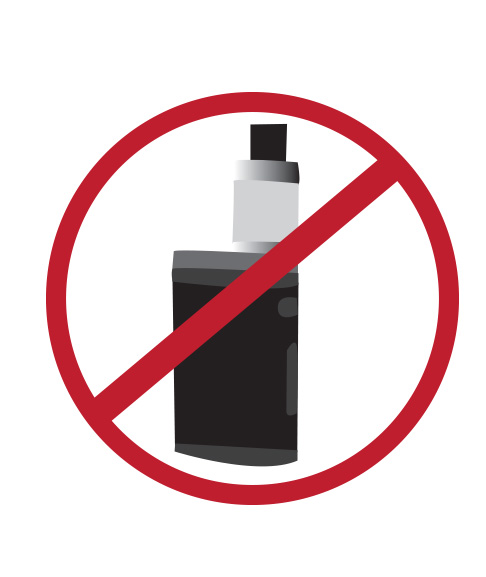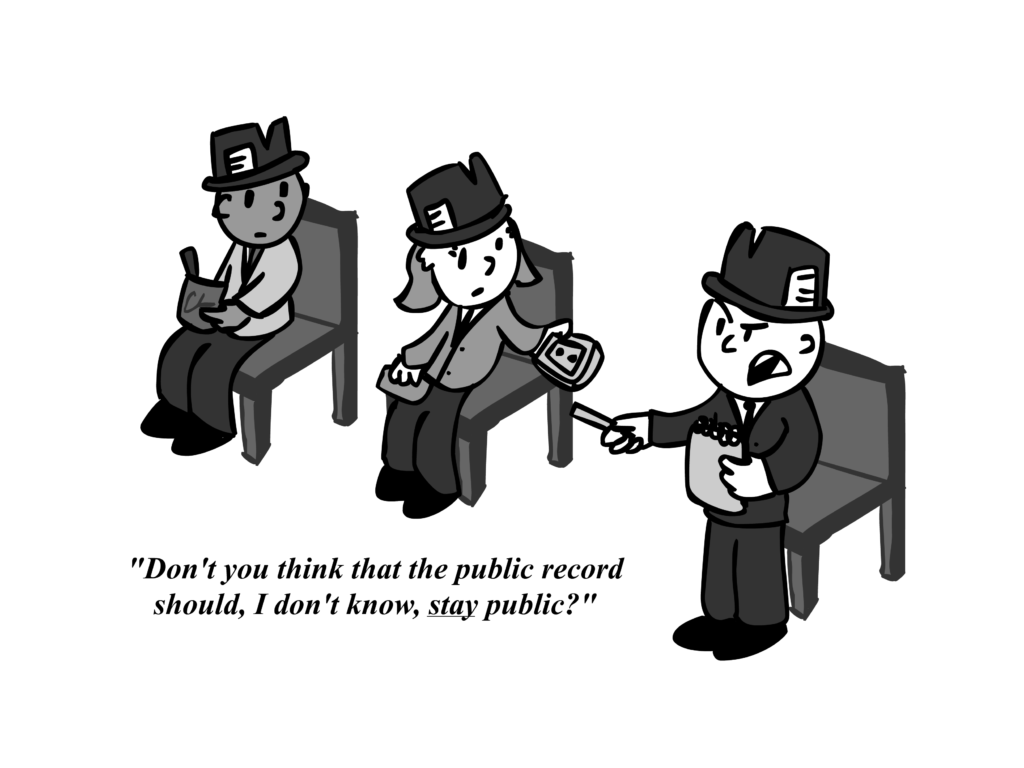Since its rise in popularity in 2012, vaping has slowly contaminated America.
Vapes are an alternative to the traditional cigarette, and the policies regarding the device are much more relaxed than those applied to traditional smoking, although as the use of the device becomes more widespread, more and more states are coming up with regulations regarding age and usage policies.
One of the more pressing issues is the usage of vapes in public or indoor areas. People who vape are more comfortable doing so around other people than they would be if they were smoking a cigarette because the vapors emitted from e-cigarettes are said to be less harmful than cigarettes or not at all harmful.
Even if the vapors are not destroying the lungs of everyone involved, subjecting others to breathing in the fumes is noxious. For several people, even breathing in smoke can set off asthma or other breathing deficiency diseases.
Further, many people who vape do so inside, which can make it difficult for those negatively affected by the fumes to escape them. As someone who doubles over coughing at the slightest hint of smoke, I can verify that the fumes are infuriating.
While vapes typically contain less nicotine than traditional smoking products, the fact remains that the substance is still contained in many variants of vape juice and that users can pick juices with higher or lower contents of the chemical. This can enable users to nurture an addiction to nicotine because even if a person starts out at a low nicotine content, they can start vaping a higher content juice over time if they wish.
Even though vapes are much better for your body overall than cigarettes, there are still negative side effects that can have your health going up in smoke such as dry mouth, nausea, increased blood pressure and chest pain.
Recent research by the Center for Tobacco Control Research and Education at the University of California, San Francisco, also reveals that vaping can have negative effects on fetus development during pregnancy, that students who tried vaping had more respiratory issues and missed more school than their peers, and that nicotine is more toxic in the concentrated state that present in vape juices.
Short-term side effects are not the scary part about vaping, however. The lack of research on the long-term effects of the practice is the more concerning matter: scientists don’t know what vaping does to the human body over several years.
Another issue is that people who vape can experience withdrawal symptoms such as cravings and nose bleeds when attempting to quit; this shows that vapor users can become addicted to the product just as if it were a traditional tobacco product.
Even if the juice in vapes is not morbidly unhealthy, one might have to worry about doing damage on the outside of his or her body.
The safety of the vaping device itself was called into question after malfunctions quite literally exploded into the news. Vapes have been known to explode in user’s pockets, and even while being used, resulting in injuries such as tooth loss and burns.
In the end, the risks, both known and unknown, of vaping far outweigh the benefits of getting in a few puffs of flavored nicotine.































































































